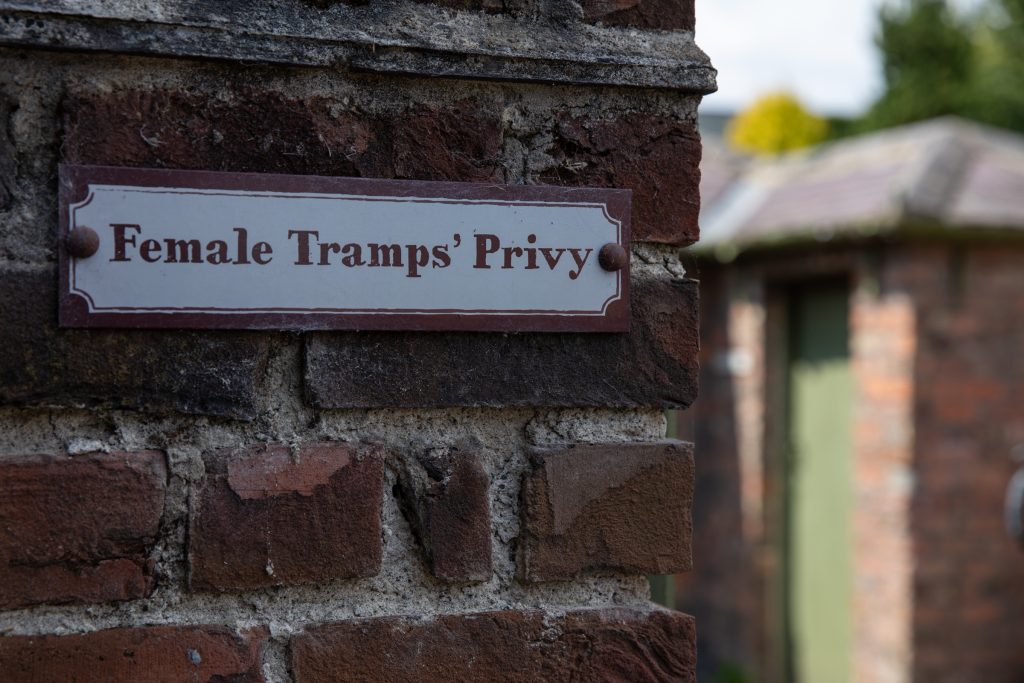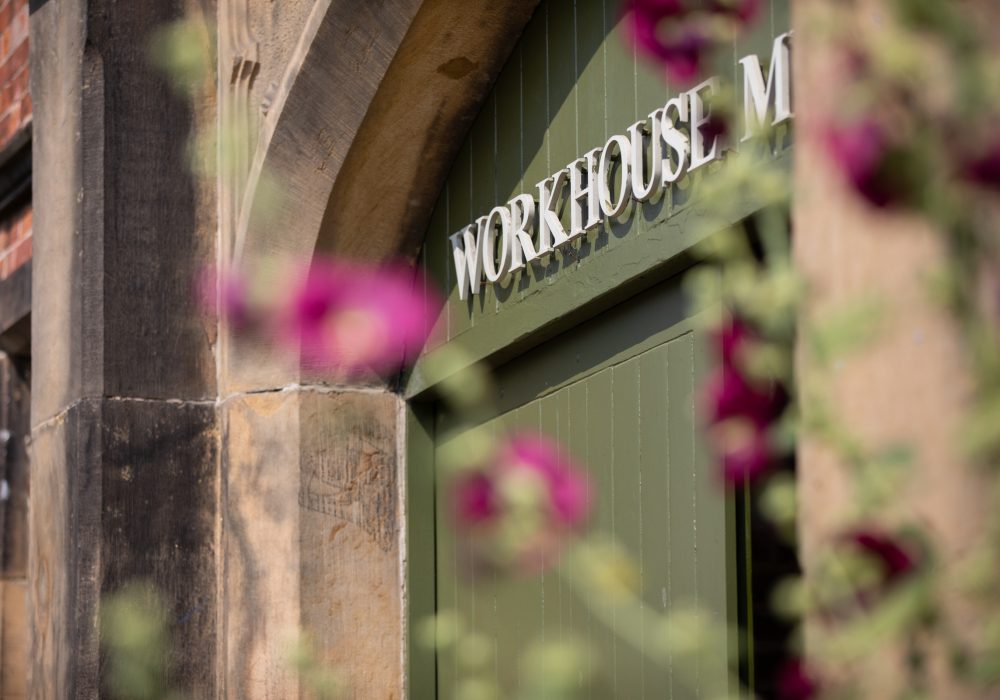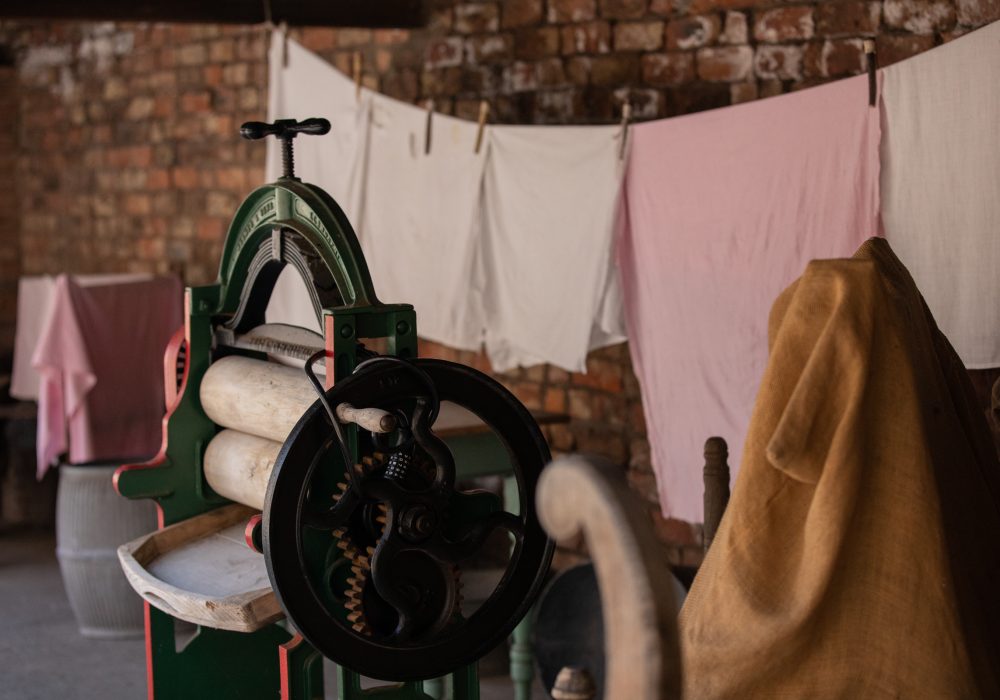Today, we see homelessness as an urban problem, with people living on the streets in towns and cities or staying in hostels.
In previous centuries, rural homeless was common, with itinerant or casual workers travelling across the country in search of work, alongside ‘rogues’ or beggars. Some would beg for food and slept in barns or hedgerows, which meant they often fell afoul of the laws on vagrancy.
By 1815, vagrancy had become a problem in Ripon and a vagrant office was established where people in need could seek assistance.
While the 1834 Poor Law Amendment Act didn’t address vagrancy, it became such an issue that in 1837, the Poor Law Commissioners stated that vagrants should be given shelter and food in exchange for a work task.
In 1877, a separate block was built to house vagrants at Ripon Union Workhouse. It contained prison-like cells where the inmates would be locked in at night, to keep the vagrants, or ‘casuals’, from interacting too much. The block cost £1422 to build; visitors to the Workhouse Museum can still see its cells and facilities and get a sense of what life was like for a casual workhouse inmate.
Many workhouses employed an inmate or vagrant as the Tramp Major, to look after the others. Vagrants could ring a bell from their cell to attract his attention.
The Casual Poor Act of 1882 declared that casuals should remain in the workhouse for two nights, so they could complete a work task on the second day. They might be engaged in tasks such as sweeping, chopping wood or pulling potatoes in the gardens.


